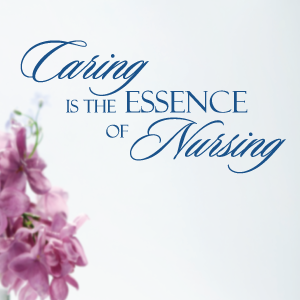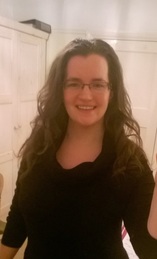
Dissemination of research has been and will always be a challenge. Perhaps not as much amongst fellow scientists who are used to long texts full of jargon and who are paid to read it, but to get research under the attention of the wider public is definitely a challenge. This wider public is constantly drowned in information via news sites and social media, which means scientists have to make science stand out.
As a PhD student in Nursing I have since long thought about how to get nurses and health care assistants interested in research studies relevant to their field. As a staff nurse working a few days a week, I know from up close how wide the gap is between nurses and nursing scientists. Bridging this gap should be a main priority for everyone involved. When I heard about a workshop at the University of Warwick called ‘Standing up for Science’, I signed on. This workshop was organised by an organisation called ‘Voice of Young Science’, which is part of the charity organisation ‘Sense about Science’. The workshop consisted of three panels of scientists, journalists, and members of ‘Young Voice of Science’ respectively, showing different sides to publishing research via current media platforms. The different sessions were set up as a conversation between the group and the panellists and everyone was engaged and actively involved.
At first I felt as though there is a different focus for scientists on the one hand and journalists and the public on the other. Scientists want to practice good science, find relevant findings and publish those together with information about the study’s rigor and a background of the study’s relevance. Journalists need to capture the attention of the audience and therefore need a good story that people will actually read or watch. However, the workshop discussions showed me their focus might not be that different after all as we all do want the same thing: to present correct scientific evidence to the public. And this means we need good science and good stories. And isn’t it great that scientists can collaborate with journalists, experts in respectively science and storytelling, to aim for the best of both? And isn’t it great that we can attend workshops to not just discuss the positives of it, but also to acknowledge and think about the barriers and how to address the difficulties?
The workshop made me passionate about the importance of becoming visible as a scientist on social media. It also taught me that becoming visible is a process of learning by doing. I started a twitter and a Facebook account, a blog to write about nursing, nursing science, and health care, and became a member of ‘Voice of Young Science’. I am still not sure about the best way to disseminate research amongst nurses and health care assistants, but the only way to find the answer is to get involved in both the nursing community and academia.
As a scientist we should always aim for good, perhaps even excellent science. But we should not stop after we have drawn our conclusions. After all, an unheard story will lose its meaning!
Hanneke
As a PhD student in Nursing I have since long thought about how to get nurses and health care assistants interested in research studies relevant to their field. As a staff nurse working a few days a week, I know from up close how wide the gap is between nurses and nursing scientists. Bridging this gap should be a main priority for everyone involved. When I heard about a workshop at the University of Warwick called ‘Standing up for Science’, I signed on. This workshop was organised by an organisation called ‘Voice of Young Science’, which is part of the charity organisation ‘Sense about Science’. The workshop consisted of three panels of scientists, journalists, and members of ‘Young Voice of Science’ respectively, showing different sides to publishing research via current media platforms. The different sessions were set up as a conversation between the group and the panellists and everyone was engaged and actively involved.
At first I felt as though there is a different focus for scientists on the one hand and journalists and the public on the other. Scientists want to practice good science, find relevant findings and publish those together with information about the study’s rigor and a background of the study’s relevance. Journalists need to capture the attention of the audience and therefore need a good story that people will actually read or watch. However, the workshop discussions showed me their focus might not be that different after all as we all do want the same thing: to present correct scientific evidence to the public. And this means we need good science and good stories. And isn’t it great that scientists can collaborate with journalists, experts in respectively science and storytelling, to aim for the best of both? And isn’t it great that we can attend workshops to not just discuss the positives of it, but also to acknowledge and think about the barriers and how to address the difficulties?
The workshop made me passionate about the importance of becoming visible as a scientist on social media. It also taught me that becoming visible is a process of learning by doing. I started a twitter and a Facebook account, a blog to write about nursing, nursing science, and health care, and became a member of ‘Voice of Young Science’. I am still not sure about the best way to disseminate research amongst nurses and health care assistants, but the only way to find the answer is to get involved in both the nursing community and academia.
As a scientist we should always aim for good, perhaps even excellent science. But we should not stop after we have drawn our conclusions. After all, an unheard story will lose its meaning!
Hanneke


 RSS Feed
RSS Feed
